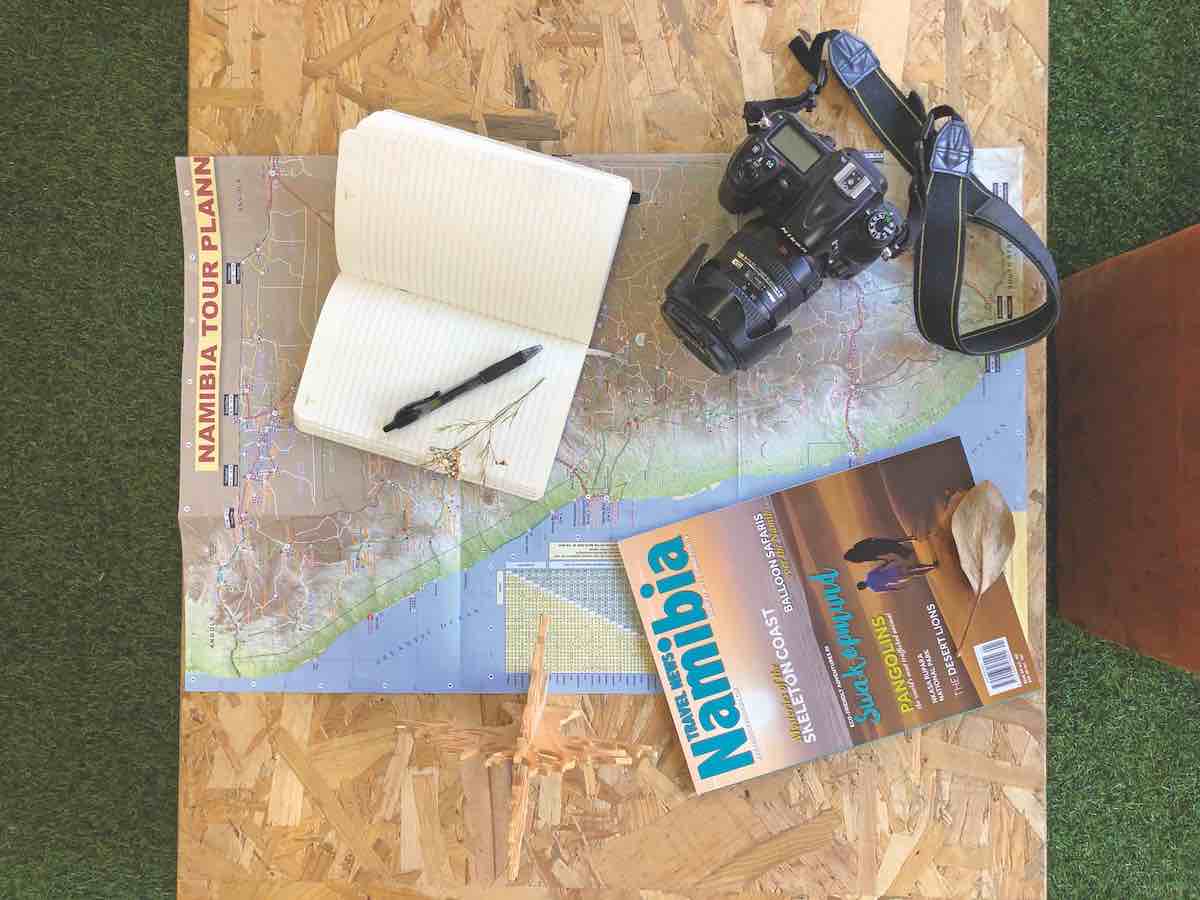Text by Elzanne McCulloch
I think it was about four years ago, on a trip to the Palmwag area in north-western Namibia, when I found myself sitting next to a campfire once again with Simson Uri-Khob. We were not far from Ma-i-Go-Ha, Save the Rhino Trust Namibia’s HQ, and we were chatting about our upcoming Ride for Rhinos cycling tour, the beauty of the region, recent rains and other wonderfully Namibian things. I’m not quite sure how the conversation came up, but Simson regaled me with the most interesting story of wild honey and regional Damara families’ hereditary claim to beehives. This is how the story went…
It is a tradition for the families in Sesfontein and the surrounding communities to make sources of wild food hereditary. This would mean that a specific “spot” or hive or burrow would in essence belong to a specific family, from which only this family was allowed to harvest honey, seeds and the like. These “spots” were passed down from generation to generation.
When he was young, Simson lived with two old men who used to harvest honey. They taught him how to harvest and showed him where their family hives were. One of the men, Old Mesag, would tell him how the honey hive once belonged to his great-grandfather, who bestowed it on the next generation and so on.
Everyone in the community knows who a certain hive’s honey belongs to and where it is located. “This hive belongs to me, Mesag.” Everyone else knew that the tree and the hive and the honey within, was Mesag’s.
People respected this tradition, and no one would steal another man’s honey. The same went for a certain type of grass seed that can be harvested from termite mounds after a good rain. You would gather the seeds that the termites had collected, clean them and grind them. The seeds were once a staple for the people of the area and, according to Simson, taste like peanut butter. This was your spot. If you died, your children would inherit the spot.
Unfortunately, as happens across the world, traditions often fade away into obscurity. Whether it is the changing times, the increasing loss of oral tradition or simply because honey is now easily accessible at the Superspar – Simson isn’t sure. What the old men who still carry the tradition at heart lament the most, though, is not just the loss of exclusivity to a source of food, but also the loss of knowledge on how it can be harvested sustainably. When harvesting honey, they use grass to shoo away the bees and then only harvest half of the honeycomb, not all of it, so that the bees do not move away. They want the bees to stay at the same spot and return time and again to keep producing. The smoke from burning zebra dung and elephant dung also works for chasing bees away without killing them. Apparently it just makes them slightly tipsy and prevents them from stinging you.
These days, youngsters don’t grasp these old tricks of the trade or the importance of tradition. Some even go so far as to make a big fire under a hive and smoke out the bees, causing them to leave the spot permanently, or even killing them.
The practice of oral tradition and knowledge of age-old skills are not only sacred pieces of heritage to be safeguarded, but they are also brilliant examples of how traditional communities would practice instinctive conservation. The old men protected their honeybees and their termite seeds and preserved them so that they could be passed on to the next generation. Heirloom honey and seeds for the future.
This article was first published in the Winter 2019 issue of Travel News Namibia.




